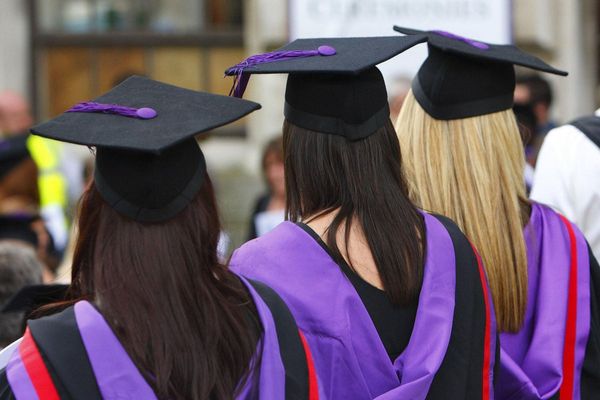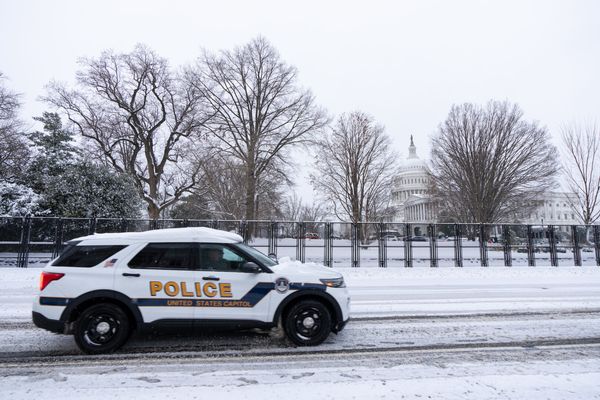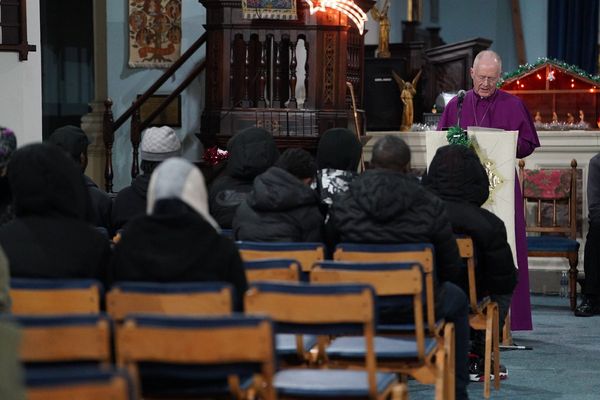Tens of millions of borrowers will resume monthly student loan payments after the Supreme Court ruled 6-3 on Friday that President Biden's loan forgiveness plan is unconstitutional.
Why it matters: Borrowers who qualified for the relief plan would have been forgiven for loans up to $10,000 for individual borrowers who make under $125,000 per year or $20,000 for Pell Grant recipients.
- Student loan debt relief had been blocked by court orders and had been put on hold since November, months after the program's launch in August.
- Many borrowers had said the relief would help them financially plan for their futures.
- The issue was divided among party lines. Many Democrat lawmakers previously said eliminating debt was in the best overall interest of the economy, whereas Republicans, who drove the lawsuits, criticized the program as a "bailout for the wealthy."
By the numbers: About 26 million people, out of more than 40 million eligible borrowers, applied for student loan cancellation or had already provided enough information to the Education Department to be deemed eligible.
The big picture: The ruling deals a major blow to Biden's commitment to borrowers and a potential cornerstone of his legacy as he seeks a second presidential term.
- "I think the court misinterpreted the Constitution," Biden said at a news conference on Friday afternoon.
Details: The conservative-majority Supreme Court ruled that the federal government exceeded its authority with the relief plan.
- "Under the Government's reading of the HEROES Act, the Secretary would enjoy virtually unlimited power to rewrite the Education Act," Chief Justice John Roberts wrote in the majority opinion.
U.S. Solicitor General Elizabeth Prelogar had said during oral arguments earlier this year that the plan's legality fell under the HEROES Act of 2003.
- The Higher Education Relief Opportunities for Students (HEROES) Act grants the secretary of education power to waive or modify financial assistance programs as deemed necessary through a national emergency.
- Both former President Trump and Biden used the statute to pause student loan payments since the outset of the COVID pandemic.
What's next: The Biden administration will move forward with a new plan grounded in the Higher Education Act that will "compromise, waive, or release loans under certain circumstances," Biden said on Friday.
- The act authorizes federal aid programs that provide support to students and institutions.
- Biden also said that borrowers who miss a student loan payment in the first 12 months after payments resume will temporarily not be threatened with default or having credit harmed.
The dissenting opinion, written by Justice Elena Kagan, condemned what she described as the majority's broadening use of the major questions doctrine.
- The doctrine holds, in essence, that if the executive branch wants to do anything of major national significance, it needs to have direct, explicit authorization from Congress.
- "Today's decision thus moves the goalposts for triggering the major-questions doctrine," Kagan wrote.
Flashback: The conservative justices previously relied on the major questions doctrine to strike down the CDC's COVID-era eviction moratorium, as well as vaccine mandates and, most significantly, a set of sweeping environmental regulations.
- A majority opinion had never contained the term before 2022, the Congressional Research Service said.
Background: A Texas court struck down the Biden administration's plan in November.
- The Justice Department filed an emergency injunction in November asking for the Supreme Court to lift the blocks on the relief plan.
Last summer, the administration began a three-part plan in August to help working- and middle-class borrowers transition back to regular payments after pandemic-related support expired. The plan included:
- Student loan repayment pause.
- Providing targeted debt relief to low- and middle-income families.
- Making the student loan system more manageable for current and future borrowers.
Worth noting: Income-driven repayment plans are still on the table for federal student loan borrowers. These set monthly amounts based on income and family size, according to Federal Student Aid, an office within the U.S. Department of Education.
- "Most federal student loans are eligible for at least one income-driven repayment plan," Federal Student Aid said. "If your income is low enough, your payment could be as low as $0 per month."
Meanwhile, the Supreme Court ruled businesses can refuse service to LGBTQ+ customers in a separate ruling issued Friday.
Read the full opinion on student loans:
Editor's note: This story has been updated with additional details throughout.







